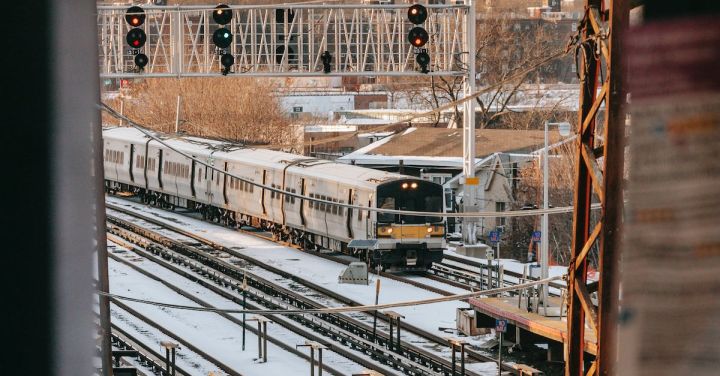High-speed rail has become a transformative mode of transportation across the globe, revolutionizing the way people travel. With its ability to connect cities, reduce travel times, and lower carbon emissions, high-speed rail has gained popularity in recent years. This article explores the global trends in high-speed rail, highlighting its growth, benefits, and future prospects.
One trend that has emerged is the rapid expansion of high-speed rail networks. Countries such as China, Japan, and France have been at the forefront of this expansion, investing heavily in infrastructure and technology. China, in particular, has made significant progress, boasting the world’s largest high-speed rail network. Its network spans over 22,000 miles, connecting major cities and regions. This expansion has not only improved connectivity but has also boosted economic development, creating jobs and stimulating tourism.
Another trend that has gained traction is the increasing speed of high-speed trains. In the early days of high-speed rail, trains were capable of reaching speeds of around 200 miles per hour. However, advancements in technology have pushed the boundaries, with trains now exceeding 300 miles per hour. Japan’s Maglev train, for instance, holds the record for the fastest train in the world, reaching speeds of up to 375 miles per hour. This increase in speed has significantly reduced travel times, making high-speed rail a competitive alternative to air travel for short to medium distances.
High-speed rail is also being embraced as a sustainable transportation option. With growing concerns about climate change, governments and policymakers are recognizing the importance of reducing carbon emissions. High-speed rail offers a greener alternative to air travel, emitting significantly less carbon dioxide per passenger-kilometer. Additionally, the electrification of rail systems further contributes to the reduction of greenhouse gas emissions. This shift towards sustainability has prompted countries like Germany and Spain to invest in high-speed rail as part of their climate action plans.
Furthermore, high-speed rail is becoming more accessible to a wider range of travelers. Traditionally, high-speed rail was associated with premium prices, limiting its use to business travelers and those willing to pay a premium. However, with increased competition and government subsidies, ticket prices have become more affordable. This has opened up high-speed rail to a larger demographic, making it an attractive option for leisure travelers and commuters. The accessibility of high-speed rail has also sparked interest in cross-border connections, with countries exploring the possibility of international high-speed rail networks.
Looking ahead, the future of high-speed rail appears promising. As technology continues to advance, trains will become even faster and more efficient. Additionally, the integration of high-speed rail with other modes of transportation, such as airports and urban transit systems, will further enhance connectivity and convenience. The development of hyperloop technology, with its potential for speeds of up to 700 miles per hour, could revolutionize high-speed rail even further.
In conclusion, high-speed rail is experiencing significant global trends that are reshaping the way people travel. The expansion of high-speed rail networks, increasing train speeds, focus on sustainability, and improved accessibility are all driving factors behind its growing popularity. As high-speed rail continues to evolve, it has the potential to revolutionize transportation on a global scale, offering faster, greener, and more convenient travel options.
